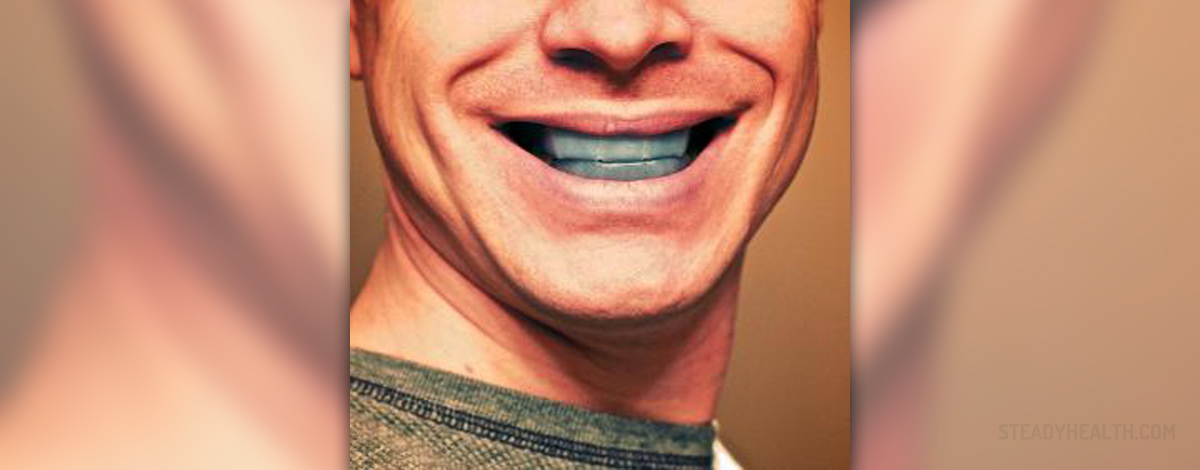
Teeth easily become less than white due to different factors, ranging from certain food and beverage types to certain medical conditions. Coffee, tea, tobacco and sodas are known for causing teeth discoloration. Discolored teeth usually turn yellowish or gray, sometimes even brown. Today there are several teeth whitening techniques that can successfully solve this problem.
Among those techniques, the most popular ones are bleaching and whitening strips.
Teeth bleaching
Bleaching is a popular method for teeth whitening. It is done by a dentist, at the office, using highly oxidizing agents called bleaches. This method is very effective and the results can be seen instantly, but it does involve certain risks. The biggest risk is irritation for soft tissues that can result from the use of these chemicals. However, most dentists use protective layers over the gums and papilla, which are the tips of the gums between the teeth, in order to prevent burning and irritation.
The commonly used bleaching agents are hydrogen peroxide or carbamide peroxide, which breaks down in the mouth and turns into hydrogen peroxide.
Whitening strips
Whitening strips or mouthguards can be found in any drugstore or bigger supermarket, usually in packages containing 10 or 15 strips. The strips should be applied to the teeth for several hours per day or during the night. They work by slowly releasing smaller concentrations of oxidizing agents than the ones used in in-office bleaching, usually 10% hydrogen peroxide. This method is slower than bleaching but it also involves less risk.
Effectiveness of teeth whitening methods
Bleaching and whitening strips are usually quite effective for mildly discolored teeth. However, they do not always work on severely stained teeth. For example, stains caused by tetracycline require longer treatment, and sometimes even after whitening the teeth for a while the stains only slightly fade but do not go away completely.
Bleaching is highly effective on yellow stains, but it does not work against white spots. Those white spots or stains can even become more highlighted after bleaching, so this method is not recommended.
Side effects and risks of teeth whitening
Chemical burns are the most common risk of teeth whitening. If the soft tissues are not protected, they can become irritated or damaged by oxidizing chemicals. Even if the tissues are protected, there is a great chance of some mild discomfort and irritation.
Teeth whitening is not recommended for people allergic to hydrogen peroxide, for those who suffer from gum disease or receding gums, for children under the age of 16 and for pregnant and nursing women.


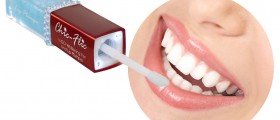



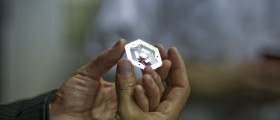

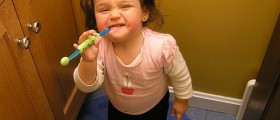

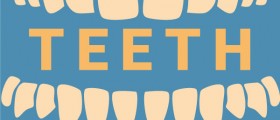


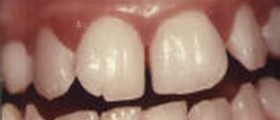
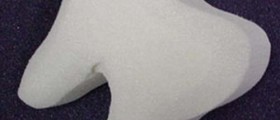

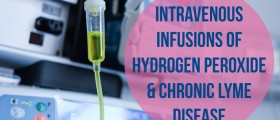
Your thoughts on this
Loading...